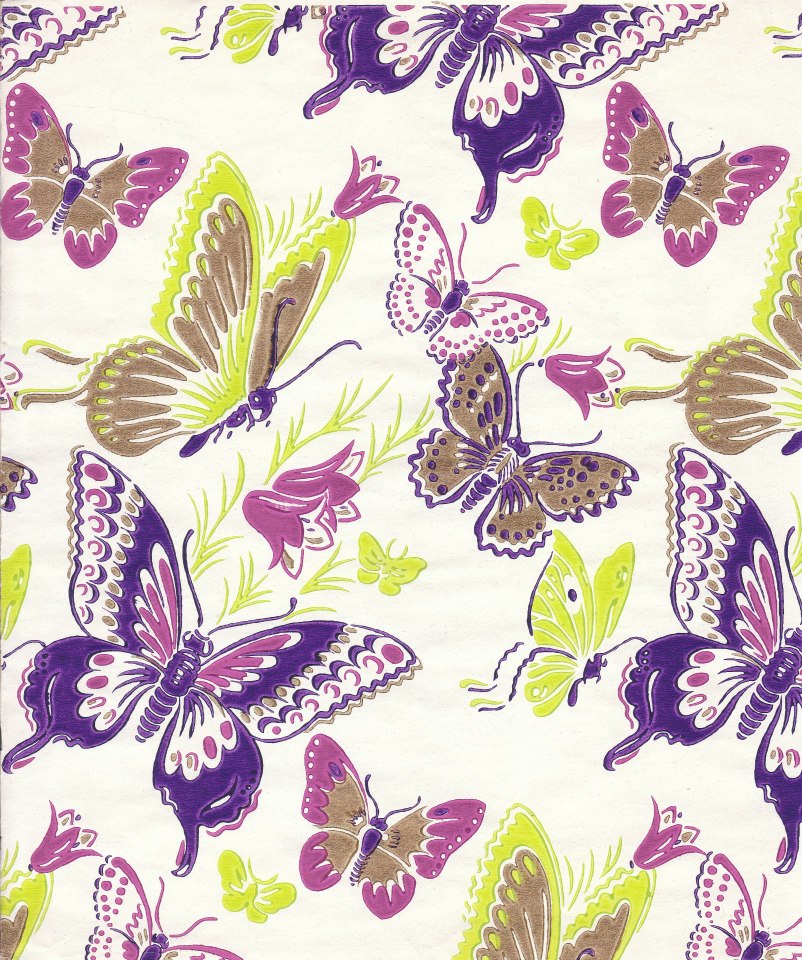I often find items at estate sales that marketed radio, TV and film cowboys. One of the most unique was a Hopalong Cassidy birthday card, never used, that was buried in a stack of old greeting cards and magazine clippings. The child could spin the "wagon wheel" to reveal a series of several black and white photos from various Hopalong Cassidy films.
Hopalong Cassidy's first appearance was in a series of short stories and books in 1904. In 1935 the character, played by William Boyd, appeared on the silver screen in the first of 66 feature films. On the big screen, and later the small one, Hoppy wore black (unlike most cowboy heroes), drank sarsaparilla, and usually had two sidekicks -- one young and impressionable, the other older, outspoken and rather goofy.
My dad was a youngster in a small rural town when the Hopalong Cassidy films first came out during the Great Depression. He used to recall "working all week to get a quarter; then I could go into town on Saturday for the matinee at the movie theatre." A quarter, Dad said, would buy "your movie ticket, popcorn, a drink, and you'd still have enough left over to buy a swell toy." I can easily imagine him, a barefoot kid in overalls, sitting with his young friends in the cool dark of the brick-fronted movie theatre with his popcorn bag clutched to his chest, staring intently at the horses and riders charging across the screen. It was a world where the hero led a clean and honorable life, his horse was one of his most loyal and intelligent friends (give yourself ten points if you knew that Hoppy's horse was named Topper), and the bad guys were notoriously bad shots.
 |
| Globe Theatre, Ardmore, OK |
(Hoppy, Topper and the gang are all over YouTube, of course; here's a link to the trailer for their first big-screen adventure: http://www.youtube.com/watch?v=NQ13nm-tJqc .)
Even though he may not be as well-known to 21st century media fans as, say, The Lone Ranger, Hopalong Cassidy's impact on multiple generations of kids was undeniable.
Several "firsts" are associated with Hopalong Cassidy: His was the first network Western TV series, in 1949. The new NBC television network was so anxious to get a show on the air, it simply repurposed some of the old Hopalong Cassidy films (for which Boyd had, presciently and expensively, purchased the rights) and then went into production on a new series for TV.
Boyd made his fortune playing Hopalong Cassidy, not just from movies, TV and radio, but also from many licensing and endorsement deals. Hoppy's was the first image to appear on an Aladdin lunchbox (1950); sales of the company's lunchboxes reportedly skyrocketed from 50,000 to 600,000 in one year. Dozens of companies made Hopalong Cassidy items, everything from soap to pillows to wristwatches to greeting cards. There was a Hopalong Cassidy comic book series. His show's success spawned a new generation of TV Westerns, including Annie Oakley, The Gene Autry Show and The Roy Rogers Show. Boyd's picture appeared on the covers of Time, Life and Look magazines.
The Wikipedia article on William Boyd cites a Time magazine article from 1950: Although Boyd's portrayal of Hopalong made him very wealthy, he believed that it was his duty to help strengthen his "friends" - America's youth. The actor refused to license his name for products he viewed as unsuitable or dangerous, and turned down personal appearances at which his "friends" would be charged admission.
I wonder why the person who bought the Hopalong Cassidy greeting card that I found at the estate sale, never signed it? Perhaps she never gave it (along with an appropriate Hoppy gift) to a child. Or perhaps she pretended the card was from Hopalong Cassidy himself to the child, so the real buyer of the card remained anonymous? After all, a greeting card from a cowboy hero would be something to be treasured always. Whatever the story, someone treasured the card for so long that it showed up, in near-mint condition, at their estate sale.
Reading this blog post, you might be tempted to think about the origins and the ethics of mass-marketing popular fiction characters to impressionable children, and about depictions of violence on TV. You all go ahead; I won't argue with you. I'm going to spend a little more time thinking about Hoppy and the other Western heroes of the silver screen, who showed the little boy who grew up to be my dad (and the generation after him) that you could lead a clean and decent life, do the right thing by other folks, and still have your life be a great adventure.
____
For more information:
The "official" Hopalong Cassidy website is here: http://www.hopalong.com/home.asp
If you'd like to listen to an OTR (old-time radio) Hopalong Cassidy show, there are several sites including this one: http://archive.org/details/HopalongCassidy
The TV show's theme song was written by the legendary Nacio Herb Brown and L. Wolfe Gilbert. You can listen to it here: http://www.youtube.com/watch?v=gpRleeF7YwU
If you're interested in other movie and TV cowboys, my friend David Hofstede wrote a great article on them for the magazine Cowboys & Indians. You can access it here: http://www.cowboysindians.com/Cowboys-Indians/January-2011/Great-Movie-Cowboys/ Happy nostalgia trip.


































